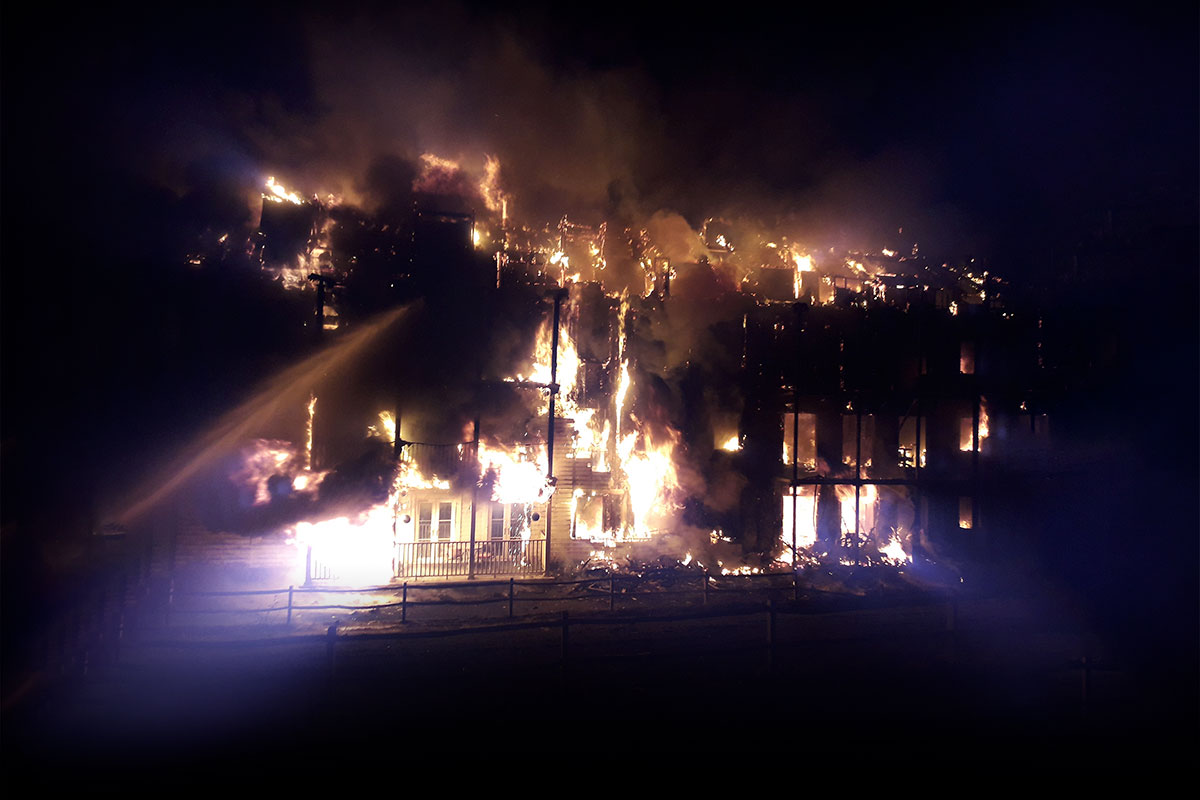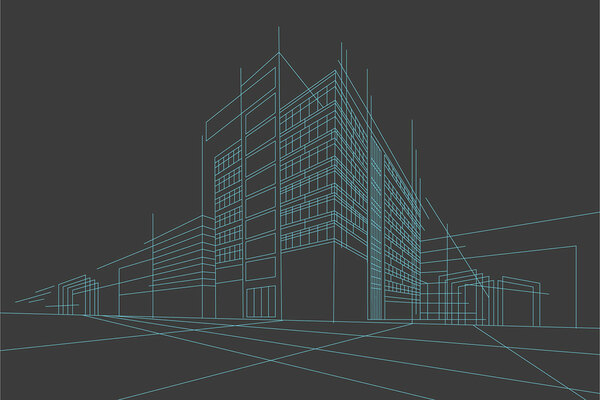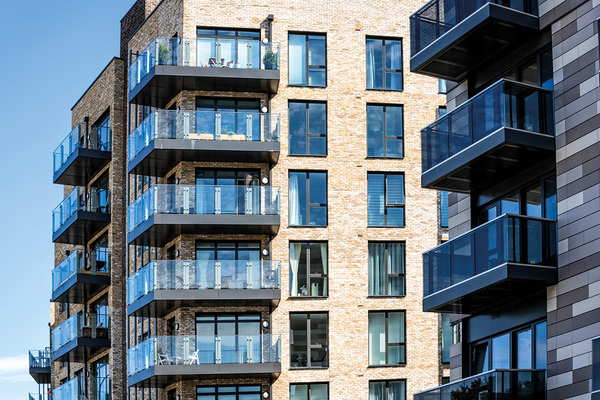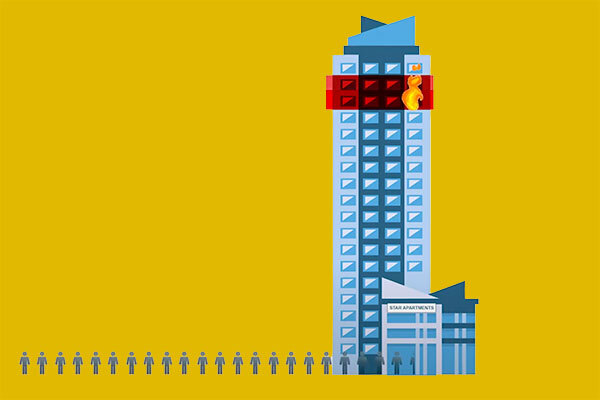You are viewing 1 of your 1 free articles
One in three landlords expects to need at least two years to comply with Building Safety Bill, survey finds
A third of housing bosses expect their organisations will need more than two years to get up to speed with the Building Safety Bill’s requirements, while costs remain a major concern, new research has found.

A poll of social and private landlords representing a total of 1,048 high-rise buildings found that 33% thought it would take them more than 25 months to demonstrate compliance with all parts of the Building Safety Bill.
Published in July, the bill contains wide-ranging changes to current laws concerning building safety, including the introduction of a new regulator that can impose sanctions on those found to be in breach of safety standards.
Respondents highlighted several issues with complying with the legislation, including its complexity, the absence of clarity, competing organisational priorities and the volume of high-rise buildings some would need to submit to the new regulator.
The cost of becoming compliant was also an issue, with 45% saying the bill would have a significant negative impact on their organisations’ finances and a further 33% saying it would have a moderately negative impact.
More than half of respondents (56%) had fewer than 20 high-rise buildings in their portfolio, with 33% having 20 to 150, and 11% having more than 150.
More than three-quarters of respondents (78%) said their organisations had so far written no ‘building safety cases’, while 22% said they had written between one and five.
Building safety cases are part of a new building safety regime the government proposed in April as part of its response to its ‘Building a Safer Future’ consultation.
Organisations will also have to name ‘dutyholders’ responsible for fire and structural safety risks in buildings. Dutyholders will be required to create a safety case containing all the relevant information for each building.
No respondents said they could provide an estimate for the average cost of producing each building safety case.
The survey was carried out by software platform TrackMyRisks on behalf of the Building Safety Register.
Matt Hodges-Long, co-founder of TrackMyRisks, said: “Much of the media attention relating to Building Safety Bill impacts is understandably written from a resident’s perspective.
“We felt it was important to understand the scale of impact on the supply side of the equation so we surveyed senior housing execs representing more than 1,000 higher risk buildings.
“The overwhelming narrative through all of our one-to-one interviews was the absence of guidance, the scale of the implementation challenge and how long it would take to achieve the required level of cultural change."












